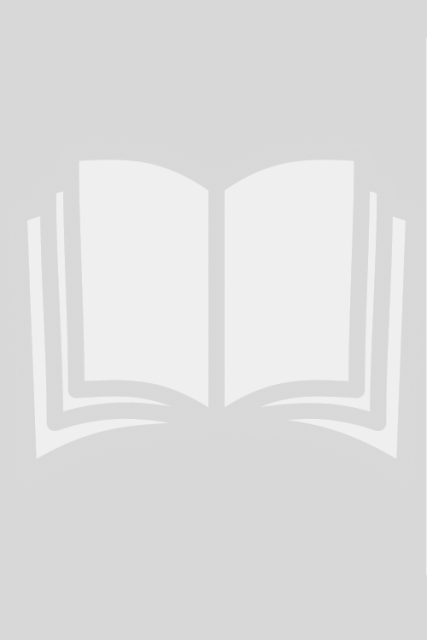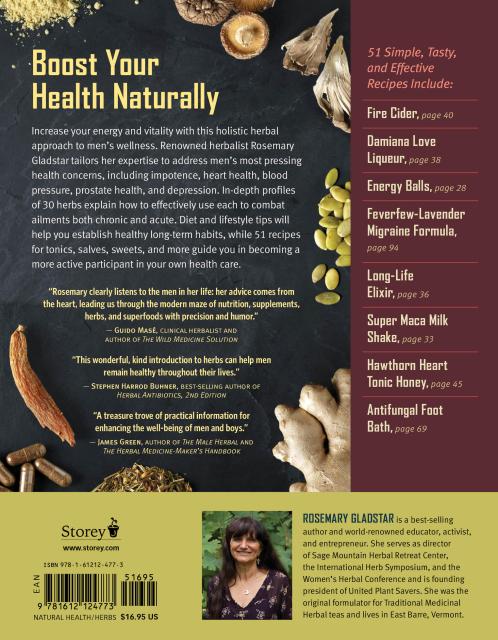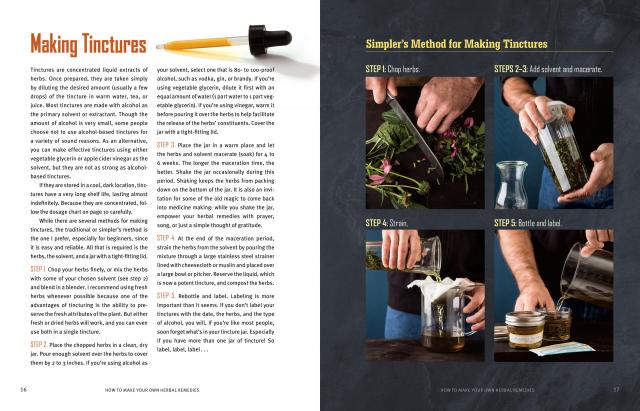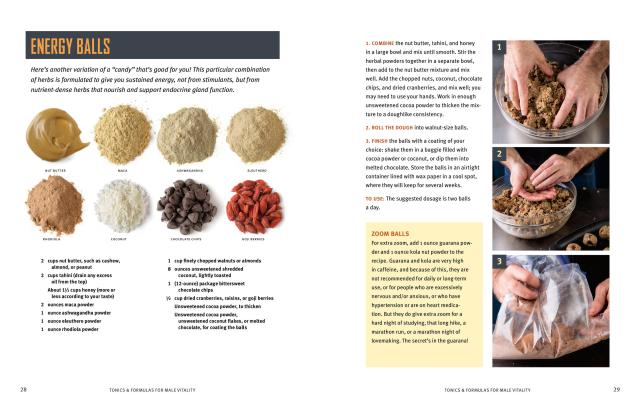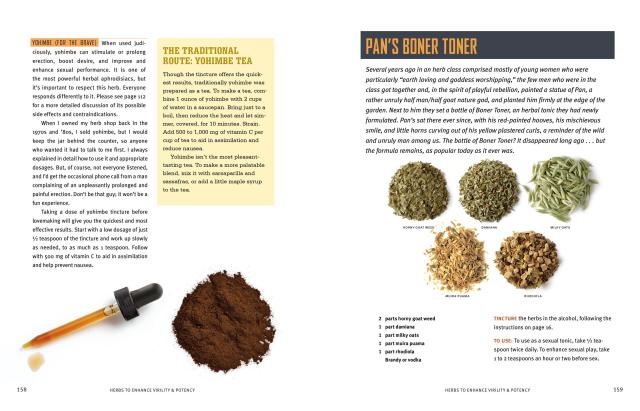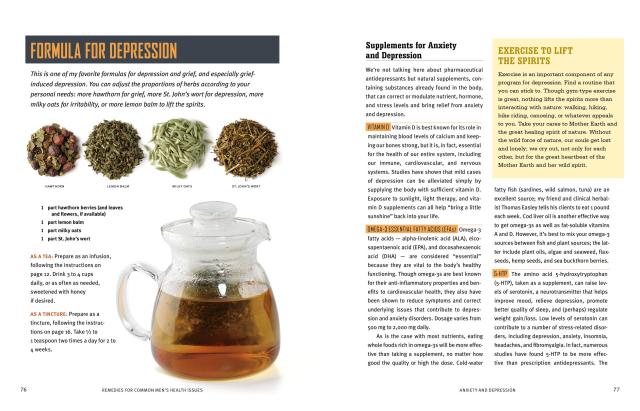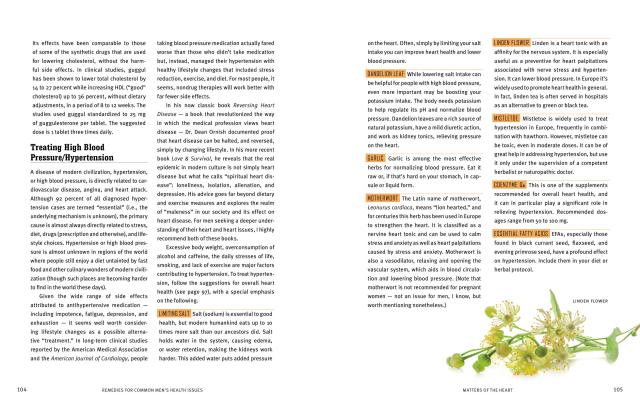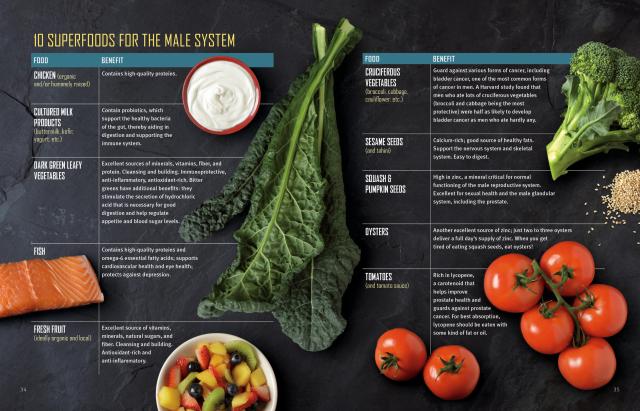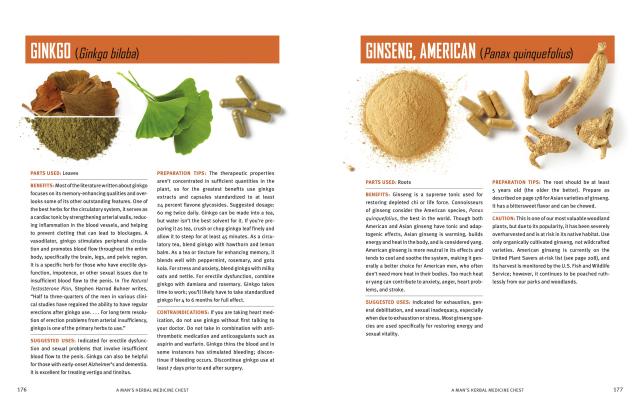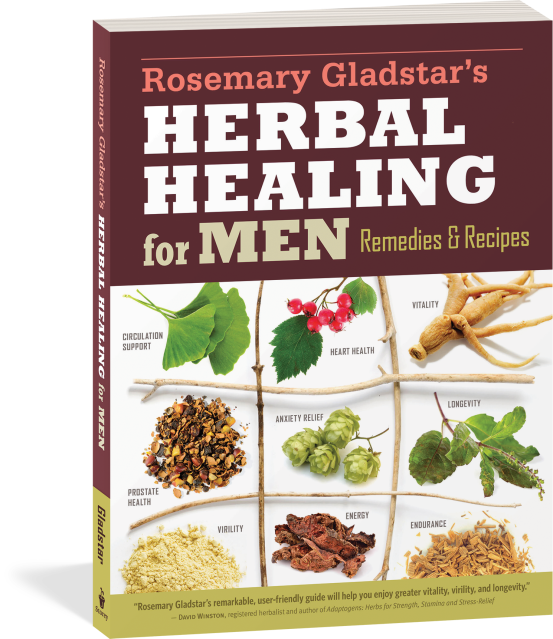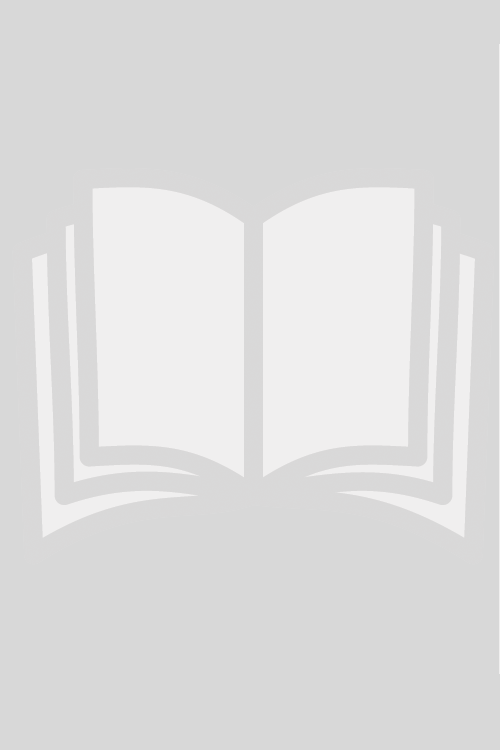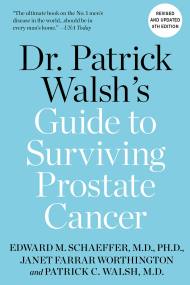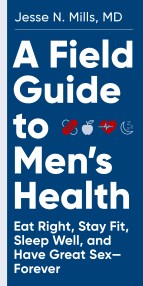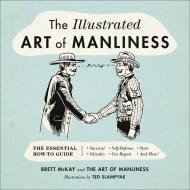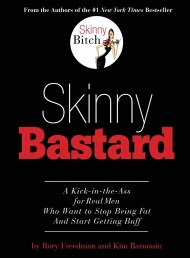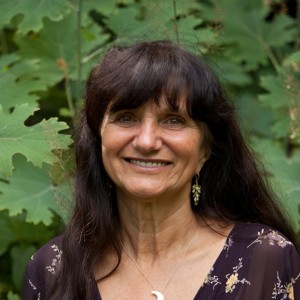Promotion
Use code MOM24 for 20% off site wide + free shipping over $45
Rosemary Gladstar's Herbal Healing for Men
Remedies and Recipes for Circulation Support, Heart Health, Vitality, Prostate Health, Anxiety Relief, Longevity, Virility, Energy & Endurance
Contributors
Formats and Prices
Price
$19.99Price
$25.99 CADFormat
Format:
- Trade Paperback $19.99 $25.99 CAD
- ebook $11.99 $15.99 CAD
This item is a preorder. Your payment method will be charged immediately, and the product is expected to ship on or around June 13, 2017. This date is subject to change due to shipping delays beyond our control.
Also available from:
Herbalist Rosemary Gladstar – author of dozens of books, including Herbs for Children's Health, Herbs for Stress & Anxiety, and Fire Cider! – now offers wellness expertise specifically for men. Dozens of delicious and simple formulas address men’s most common health concerns, including sexual vitality, prostate well-being, stress reduction, and heart health. An A-to-Z compendium of ailments shows you how to treat them effectively using a variety of safe, easy, all-natural remedies. In-depth profiles of 29 herbs explain how men will benefit from each and give clear instructions for preparation and usage.
Genre:
- On Sale
- Jun 13, 2017
- Page Count
- 224 pages
- Publisher
- Storey
- ISBN-13
- 9781612124773
Newsletter Signup
By clicking ‘Sign Up,’ I acknowledge that I have read and agree to Hachette Book Group’s Privacy Policy and Terms of Use
